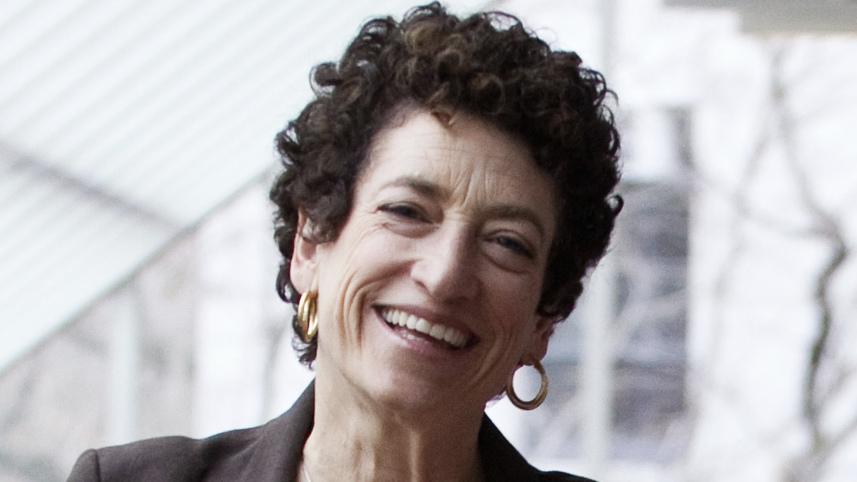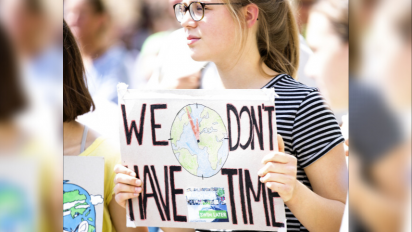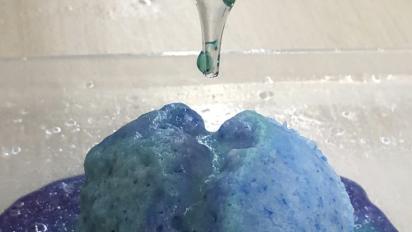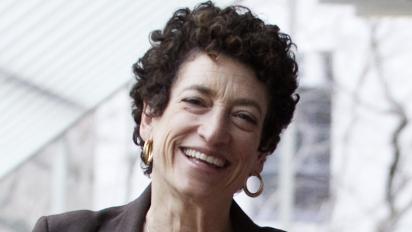AR: Which sounds very much like how we approach our work in our teacher support and community outreach programs.
NO: I’ve just been reading a book by William Ury, a world-famous mediator. He stresses that even though the world is diverse, and we often stress the radical difference between cultures, in his experience even the most radically different cultures, and even the most radically hostile enemies, often share many values, such as fairness, honesty, integrity, and courage. In my experience, nearly all Americans have a deep respect for life, and for liberty. Shared values can be the basis for shared concern and respectful discourse.
AR: Given that one of the “stickiest” misconceptions about climate change is the heavily promoted idea that “the science isn’t settled,” how do scientists, teachers and science communicators successfully navigate between the concepts of “science is never finished” and “some conclusions are backed by so much evidence that it is no longer productive to question them”?
NO: I think by saying just what you said. One lesson of history is open-mindedness and humility: our ideas do change, and that is a good thing. In fact it is a strength of science that scientists are open to new evidence, new ideas, new ways of thinking. If science is a learning process, then it is inevitable that sometimes our ideas will change. But this is no reason to reject or disparage hard-won knowledge. As Carl Sagan famously said:
In science it often happens that scientists say, ‘You know that’s a really good argument; my positions is mistaken,’ and then they would actually change their minds and you never hear that old view from them again. They really do it. It doesn’t happen as often as it should, because scientists are human and change is some- times painful. But it happens every day. I cannot recall the last time something like that happened in politics or religion.
Of course, Sagan was wrong about politics and religion. Honest political and religious leaders can and do admit mistakes as well. Just think of the Catholic Church apologizing to Galileo. The difference, I think, is that science has an organized mechanism for identifying and correcting error. Scientists want to find mistakes, and fix them. That is not always the case with folks in other domains.
And students need to understand that when people are disparaging science, their motivation is rarely the truth.
AR: Perhaps it’s a matter of helping students understand the distinction between debate and scientific argumentation. How would you describe the distinction?
NO: That’s a good question. I’m not sure there is a clear answer— after all, there is such a thing as scientific debate. I like to think of it as the difference between contested and controversial. The theory of evolution by natural selection and the reality of anthropogenic climate change are not controversial. For scientists, these are theories or conclusions supported by a wealth of evidence. The theory of natural selection is the best explanation we have to explain the origin of species and biological diversity. Human-caused climate change is a fact, proven beyond any reasonable doubt. But these conclusions are contested in the larger culture, for the reasons I mentioned above: because they threaten some one’s values, or beliefs, or in the case of climate change, economic interests.
AR: One final question. What gives you hope that we can wade through the misinformation, denial, and doubt when it comes to scientific findings in this era of “post-truth”?
NO: Only that the stakes are too high to permit failure.
This version might differ slightly from the print publication.





